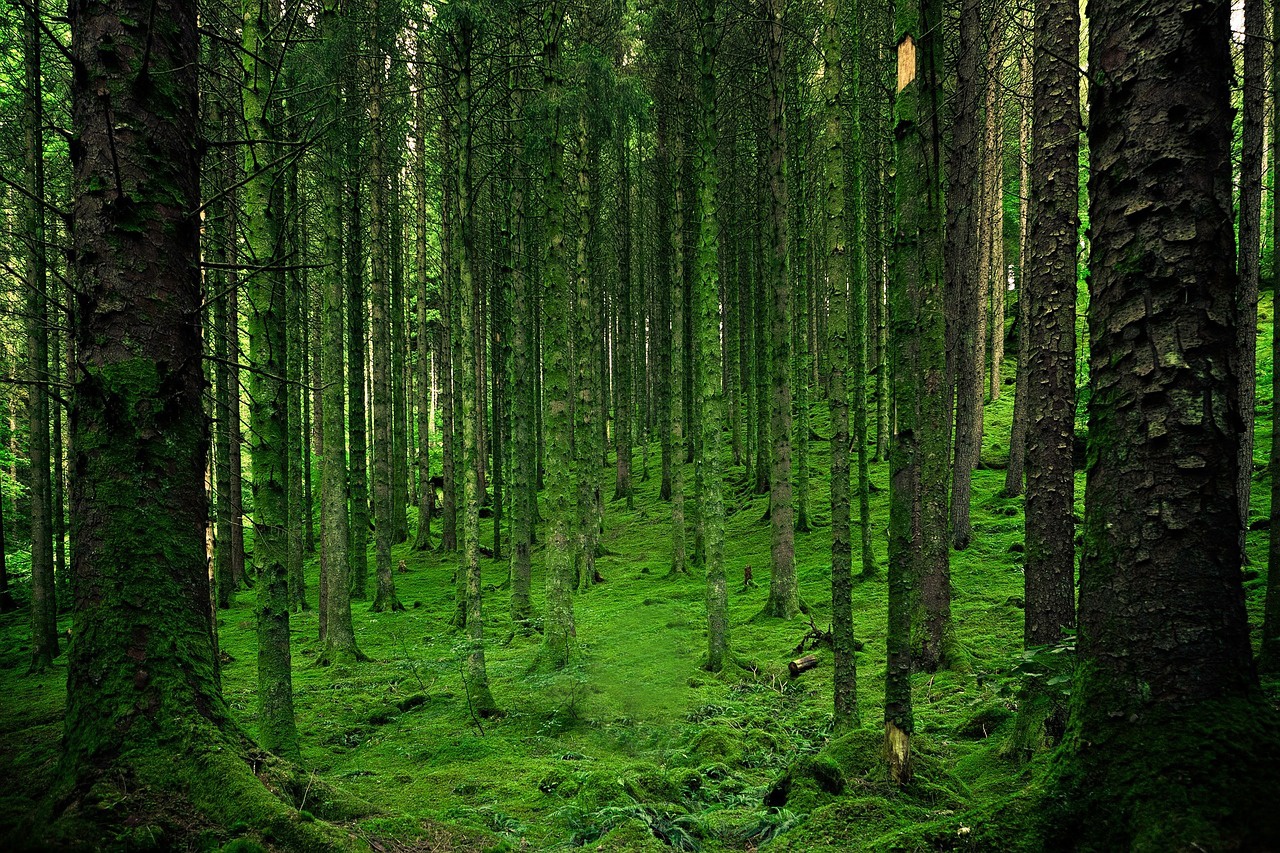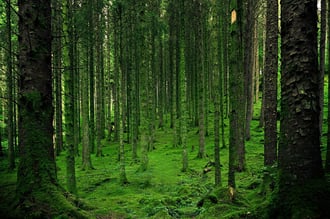2 min read
Mild Winter Weather Creates Challenges for Scandinavian Forest Industry
John Greene
:
April 23, 2018

![]() While the Scandinavian forest industry is a major contributor to the region’s economy, the sector has faced some tough climactic challenges in recent years. As we noted last month, the winter harvesting and forwarding windows have become shorter due to mild winter weather and rainy summers. Per a recent Bloomberg article, the “unusually mild winters are turning once icy grounds into thick layers of mud capable of swallowing up the 25 ton vehicles used to gather the materials that go into pulp, paper and packaging.”
While the Scandinavian forest industry is a major contributor to the region’s economy, the sector has faced some tough climactic challenges in recent years. As we noted last month, the winter harvesting and forwarding windows have become shorter due to mild winter weather and rainy summers. Per a recent Bloomberg article, the “unusually mild winters are turning once icy grounds into thick layers of mud capable of swallowing up the 25 ton vehicles used to gather the materials that go into pulp, paper and packaging.”
The winter harvesting season is imperative to maintaining an efficient forest supply chain in the region below the Arctic Circle, but foresters who work the terrain say that the climate is not helping matters. "We will see more and more of these difficult conditions," said Uno Brinnen, head of forestry at BillerudKorsnas AB, a Swedish packaging manufacturer. "It will always shift between warm and cold winters, but the long-term trend seems clear."
Temperatures across portions of Sweden were significantly higher than normal in December and January, according to the Swedish Meteorological and Hydrological Institute (SMHI). In consensus with a majority of the scientific community, SMHI scientists expect temperatures to continue rising over the next six decades as a result of climate change.
Whether or not these expectations come to fruition over the course of the next 60 years, Scandinavian countries and forest products companies are being forced to examine new ways of conducting a business model that has been in place for many years. For Swedish and Finnish companies, the changing weather patterns create a number of procurement challenges; if the ground does not freeze, logging operations cannot efficiently access and deliver the wood raw materials that they need to do business year round. Sodra AB, Sweden's largest forest-owner association said that "The high water levels after the wet and mild autumn and winter creates a tough situation for the wood supply.”
What’s at Stake?
The economic stakes are high in the region, which has a deeply-entrenched forest products industry that has been the backbone of both the Swedish and Finnish economies for generations. Exports of wood products accounted for 10 percent of Sweden's total exports in 2017 and 22 percent of Finland's in 2016. The combined value of the forest industry in both countries is roughly €24 billion ($30 billion).
Just how important is year-round access to high-quality timber? BillerudKorsnas, which acquires 75 percent of its timber from Swedish forests, warned that recent mild temperatures led to shortages in 4Q2017 and 1Q2018, re sulting in an estimated negative impact of as much as 100 million kronor ($16 million) on first-quarter earnings.
sulting in an estimated negative impact of as much as 100 million kronor ($16 million) on first-quarter earnings.
As a response, BillerudKorsnas has implemented laser technology that is used to scan the forest to map sensitive areas and to find more stable, less-destructive routes through dense timberland. The company has also started using bigger wheels and rubber tracks on some of its harvesting equipment to reduce the damage that they cause to a soft forest floor, another challenge created by mild winter weather.
"Winters have started later in large parts of our world, and it's a lot of wood we want to get hold of when the grounds are frozen," Stora Enso chief executive officer Karl-Henrik Sundstrom said in an interview in Stockholm last month. "It's something I think we have to get used to, work with and even adjust our harvest cycles."
However, just across the border in Finland, winter seems to be holding on longer than normal. Per the Finnish Meteorological Institute, March was 2-5 degrees colder than average in many parts of the country. The highest temperature in March, 47 degrees Fahrenheit (8 degrees Celsius), was recorded in Jomala and the lowest temperature, -32 degrees Fahrenheit (-36 degrees Celsius) was recorded at Kevojärvi in Utsjoki.
Snow depth at the end of the month varied between less than 4” (10 cm) on the southwest coast to over 40” in North Karelia and Kainuu. In much of the country, the amount of snow was higher than usual for March. In an area along the southeastern border with Russia, snow levels were unusually high for the month— 12” (30 cm) above average in some places. Despite the regional weather variation, this later freeze will help Finnish logging crews maximize harvests to keep the forest industry moving forward through the spring months.





